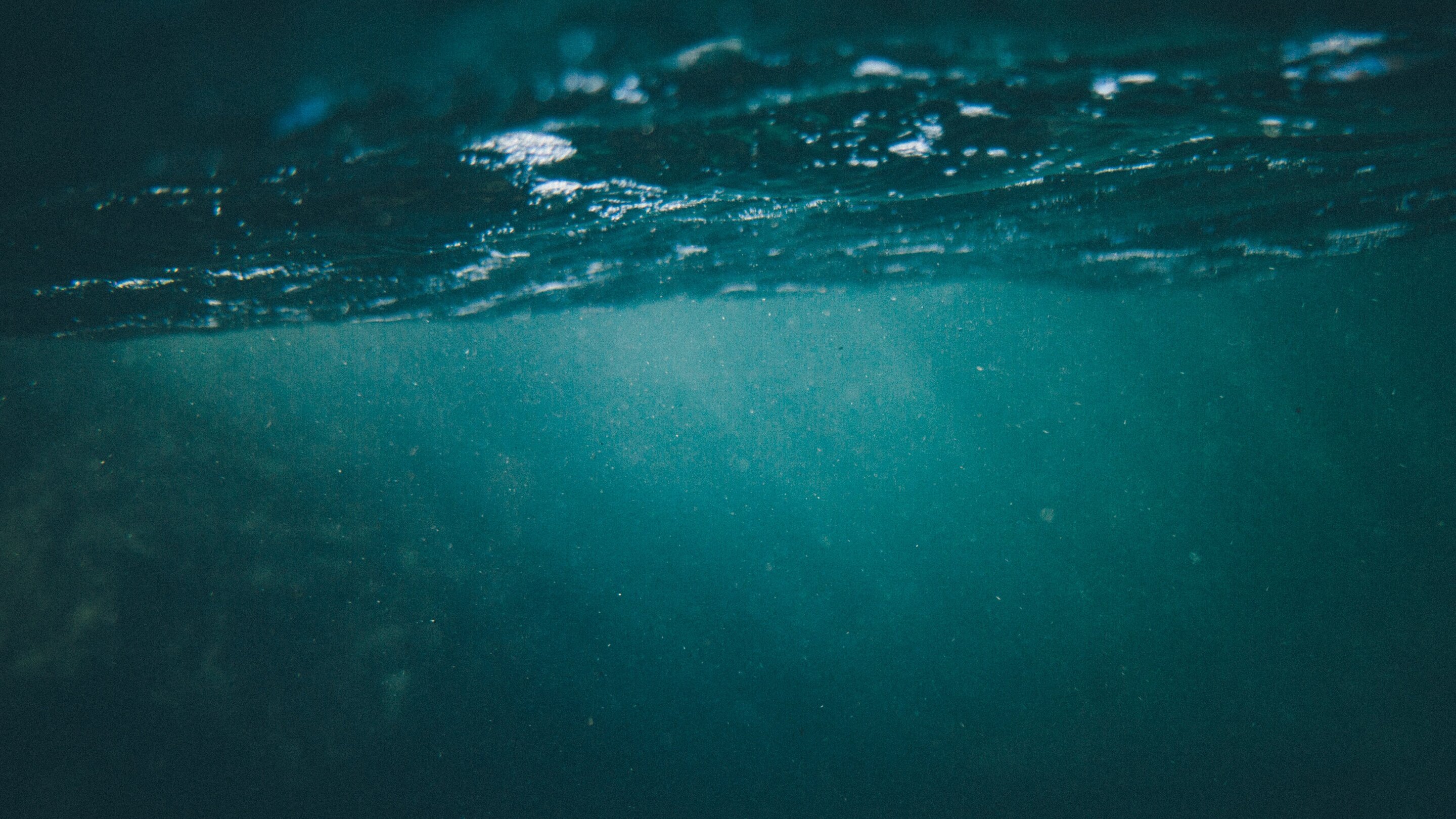#Eyes on the stars: UAE’s Mars probe a first for the Arab world
“#Eyes on the stars: UAE’s Mars probe a first for the Arab world”
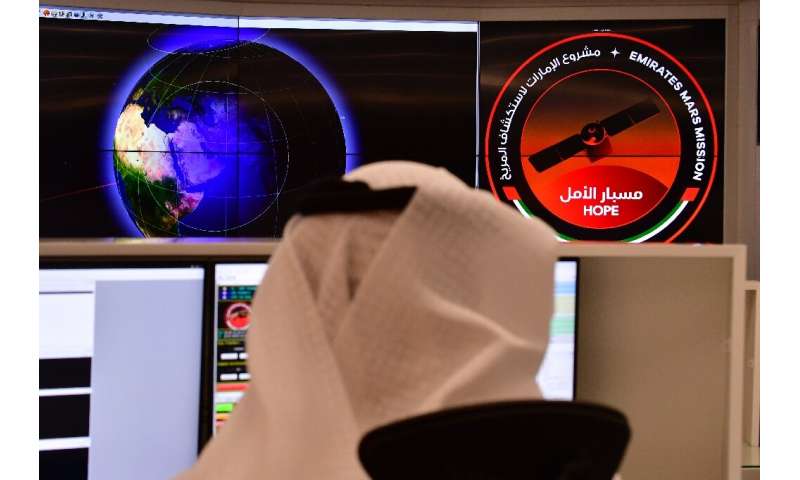
The oil-rich United Arab Emirates has built a nuclear power programme and sent a man to space, and now plans to join another elite club by sending a probe to Mars.
Only the United States, India, the former Soviet Union, and the European Space Agency have successfully sent missions to orbit the Red Planet, while China is preparing to launch its first Mars rover later this month.
The UAE—a collection of sheikhdoms better known for its skyscrapers, palm-shaped islands and mega attractions—is now pushing to join their ranks in what will be a first for the Arab world.
It will mark the 50th anniversary of its unification with “Hope”, an unmanned spacecraft expected to reach its target in February after being launched on July 15 from Japan’s Tanegashima Space Centre.
While the mission objective is to provide a comprehensive image of the weather dynamics in Mars’ atmosphere and pave the way for scientific breakthroughs, the probe is a foundation for a much bigger goal—building a human settlement on Mars within the next 100 years.
Dubai has hired architects to imagine what a Martian city might look like and recreate it in its desert as “Science City”, at a cost of around 500 million dirhams (135 million dollars).
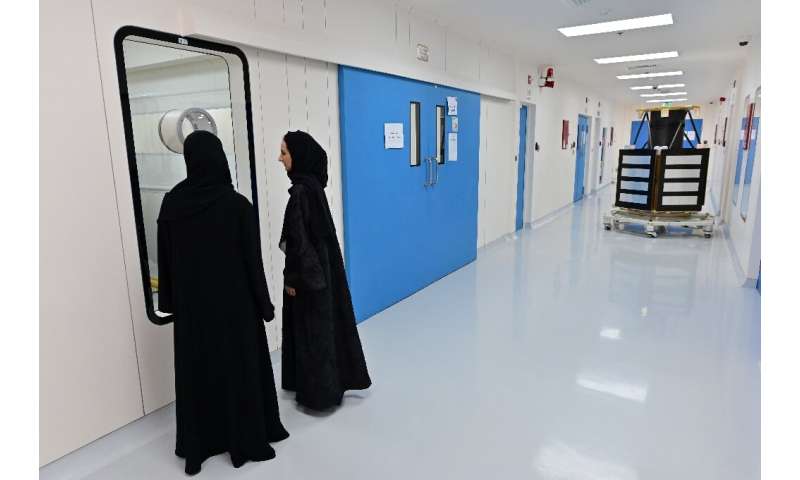
And last September, Hazza al-Mansouri became the first Emirati in space, part of a three-member crew that blasted off on a Soyuz rocket from Kazakhstan, returning home after an eight-day mission in which he became the first Arab to visit the International Space Station.
“Our grandparents followed the stars during their voyages in order to build their glories. Today, our children look at them to build their future,” said Dubai’s ruler Sheikh Mohammed bin Rashid Al Maktoum in a tweet on Tuesday.
Global standing
The young Gulf nation—whose influence extends to Yemen, the Horn of Africa and Libya—hopes to elevate its status as a key regional player, building on its success in establishing itself as a centre for tourism, banking and services despite an economic downturn in recent years.
Despite criticism of its involvement in the conflict in Yemen, which has turned into a quagmire for the Saudi-led military coalition, the UAE has elevated its standing with moves like hosting the first papal visit to the Arabian Peninsula and becoming the first Arab country to green-light a nuclear power plant.
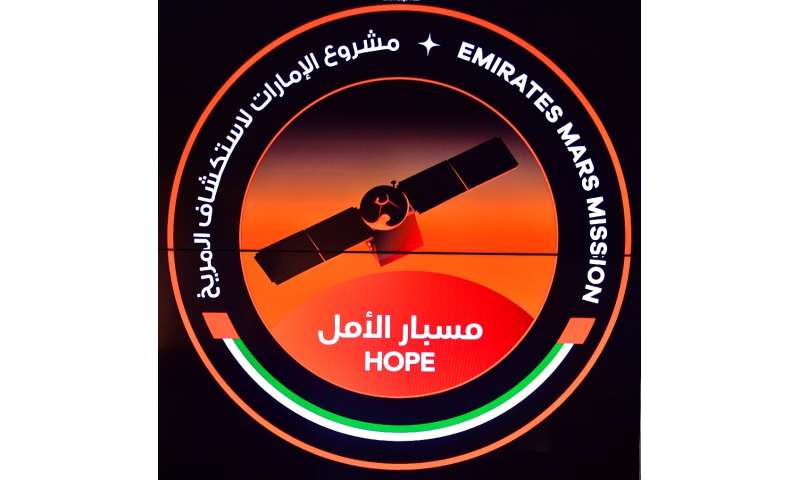
And over the last few decades it has become a hub for young Arabs aspiring to build professional careers and raise families in a safe environment, in a region too often blighted by war and political crises.
For a country charting a course beyond the oil industry that it was built on, exploration is part of a long-term strategy.
“UAE figured out that space is very important for our development and sustainability. It’s a bridge to the future,” Mohammed al-Ahbabi, director general of the UAE Space Agency, told AFP.
Sarah al-Amiri, 33, the mission’s deputy project manager and also the UAE Minister of State for Advanced Sciences, said the trip to Mars is “a message of hope for the region, to set an example of what is possible if we take the talent of the youth and use them positively, this is what’s possible”.
“We’ve worked on investing in our space sector for over 15 years… it’s about ensuring that this talent is developed for the rest of the region,” she told AFP from Tokyo.
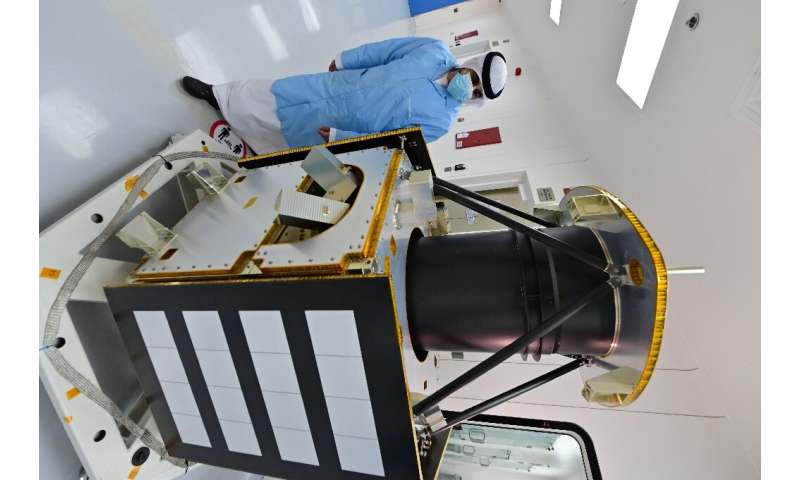
In the runup to the Mars mission, the UAE announced it was opening its doors to Arabs across the region to take part in a three-year space programme.
“They can come in and gain experience and be the vehicles of change for the entire region. We cannot go about saying that this region is volatile and remain passive about it,” Amiri said.
“People want stability, want opportunities,” she added.
The Mohammed Bin Rashid Space Centre (MBRSC), which spearheaded the Mars project on which some 450 people worked, more than half of them Emirati, is abuzz with excitement.
“This mission is showcasing that this is something we don’t normally dream about… but understanding that these opportunities are there,” said Mohsen al-Awadhi, the lead missions systems engineer.
Facts: Emirati ‘Hope’ probe heads for Mars
The first Arab space mission to Mars is scheduled to blast off July 15 on a mission to unravel from above the weather dynamics in the Red Planet’s atmosphere.
The unmanned probe named Al-Amal—Arabic for Hope—is to take off from a Japanese space centre, marking the next step in the United Arab Emirates’ ambitious space programme.
Here are some facts and figures about the oil-rich nation’s project, which draws inspiration from the Middle East’s golden age of cultural and scientific achievements.
Outsize plans
The UAE, made up of seven emirates including the capital Abu Dhabi and freewheeling Dubai, has nine functioning satellites in orbit with plans to launch another eight in coming years.
In September, it sent the first Emirati into space—Hazza al-Mansouri, who was part of a three-member crew. They blasted off on a Soyuz rocket from Kazakhstan, returning home after an eight-day mission in which he became the first Arab to visit the International Space Station.
But the UAE’s ambitions go well beyond that, with a goal of building a human settlement on Mars by 2117.
In the meantime, it plans to create a white-domed “Science City” in the deserts outside Dubai, to simulate Martian conditions and develop the technology needed to colonise the planet.
Under a national space strategy launched last year, the UAE is also eying future mining projects beyond Earth and space tourism, and has signed a memorandum of understanding with Richard Branson’s space tourism company Virgin Galactic.
Hope’s journey
The next milestone is the launch of the “Hope” probe, which officials say is designed to inspire the region’s youth and pave the way for scientific breakthroughs.
The 1,350-kilogramme (2,970-pound) probe—about the size of an SUV—is due to blast off from Japan’s Tanegashima Space Centre on July 15, but with a launch window that runs until early August, depending on variables including the weather.
Hope will take seven months to travel the 493 million kilometres (307 million miles) to Mars, in time to mark the 50th anniversary of the emirates’ union in 2021.
Once in orbit, one loop will take 55 hours at an average speed of 121,000 kph, while contact with the UAE command and control centre will be limited to six to eight hours twice a week.
The probe will remain in orbit for a whole Martian year—687 days.
Study and inspire
Three instruments mounted on the probe will provide a full picture of Mars’s atmosphere throughout the Martian year.
The first is an infrared spectrometer to measure the lower atmosphere and analyse the temperature structure.
The second is a high-resolution imager that will provide information about ozone levels. And the third, an ultraviolet spectrometer, is set to measure oxygen and hydrogen levels from a distance of up to 43,000 kilometres from the surface.
Understanding the atmospheres of other planets will allow for a better understanding of the Earth’s climate, officials say.
But the project is also designed to inspire a region too often beset by turmoil, and recall the heyday of scientific advances during the Middle Ages.
“The UAE wanted to send a strong message to the Arab youth and to remind them of the past, that we used to be generators of knowledge,” Omran Sharaf, the mission’s project manager, told AFP.
© 2020 AFP
Eyes on the stars: UAE’s Mars probe a first for the Arab world (2020, July 10)
retrieved 10 July 2020
from https://phys.org/news/2020-07-eyes-stars-uae-mars-probe.html
This document is subject to copyright. Apart from any fair dealing for the purpose of private study or research, no
part may be reproduced without the written permission. The content is provided for information purposes only.
If you want to read more Like this articles, you can visit our Science category.
if you want to watch Movies or Tv Shows go to Dizi.BuradaBiliyorum.Com for forums sites go to Forum.BuradaBiliyorum.Com
